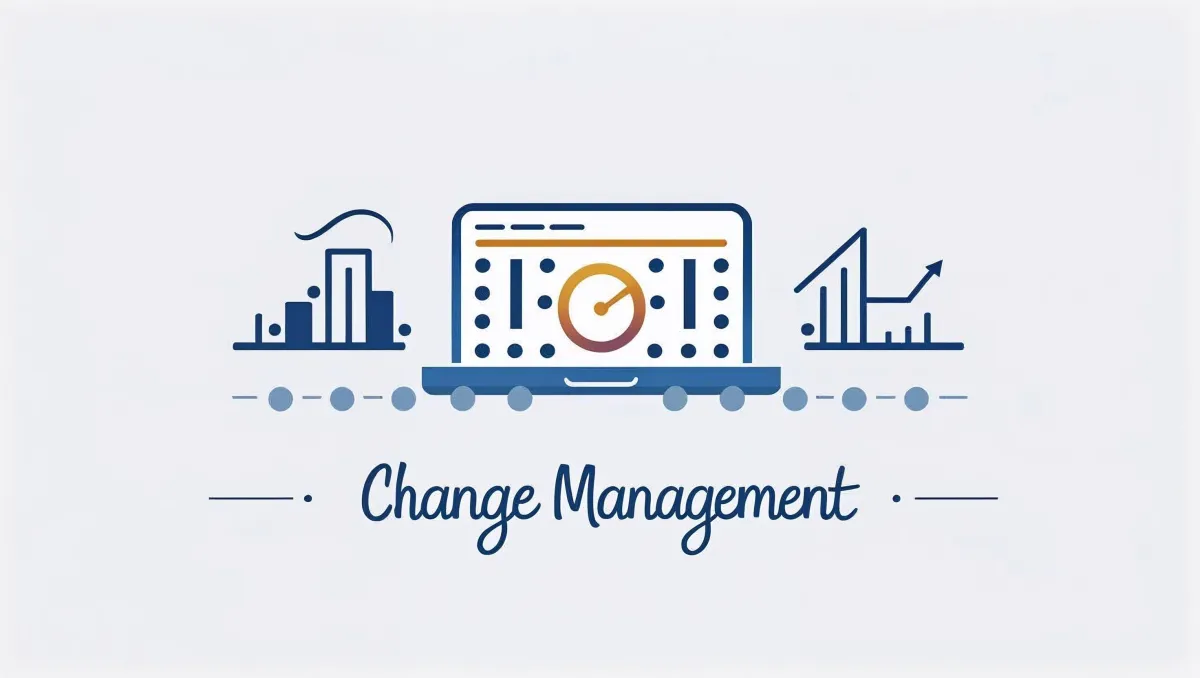
Does it have to be NOW?
Last week, I wrote a post on LinkedIn talking about change overload happening, well, everywhere! I offered up 10 things to consider as you decide to take on major change projects. Here's a link to my post with those 10 questions.
Changes to processes, policies, organizations, and all the other things we do daily are soaring! Employees and leaders in many industries are experiencing more transitions, initiatives, and disruptions than ever before. Most organizations struggle to manage the pace, resulting in widespread fatigue and burnout everywhere.
How much change is happening?
The average employee now faces 10 planned enterprise changes per year, up from just 2 in 2016. Ummmmm WHAT? That’s basically launching 1 major change each month. This is unsustainable.
89% of US workers experienced organizational changes in the past year; for 26%, these changes were significant or transformative. This is WAY too much for even the most pro-change people around.
Over 75% of corporations globally revamp their business model every 2–5 years. Why are we doing this? It’s understandable if things aren’t working (but that’s another article for another time) – but why so often?
78% of businesses predict even more change in the next few years. I think we all see the disruption AI is bubbling up – and that’s changing practically daily.
Change fatigue and capacity
Two-thirds of workers report experiencing burnout during transformation projects. Everyone had a day job before changes started wreaking havoc on our workloads.
71% of employees say they feel overwhelmed by the amount of change at their organizations since the pandemic. The pandemic started [officially] 5 years ago – that’s a LONG time to feel overwhelmed.
The proportion of employees willing to support additional changes has collapsed to 38%, down from 74% in 2016. Willing is the keyword here – I'm not so sure employees are being asked or even consulted. This is a real problem. We don't need consensus - but please have a conversation.
Only about a third of change initiatives are successful - failure rates consistently hover around 70%. So if we’re launching 10 changes a year and 7 are failing, why not launch 2 and ensure they are successful? This is CRAZY - what is so important we're letting things fail to SAY we did something?
Industry-wide trends
Leadership burnout is rising: 56% of business leaders reported burnout in 2024. Sadly, this may be the catalyst we need to slow down and start evaluating what we’re doing. We're failing overall if we don't listen to our people - waiting for leaders to start cracking is a dangerous strategy, in my opinion.
Sectors like healthcare, finance, and technology report the highest levels of change fatigue and executive stress. What can go wrong 🙄?
Change fatigue is pervasive across organizational sizes, affecting up to 80% of employees in medium-sized firms. Nothing to see here - just the majority of our people drowning in change!
What leaders can do
Leaders should start with some radical prioritization and decide what organizations can handle. Once they’ve curtailed the excess, teams need to develop clear, consistent communications that explain what's changing, why, and what it means for me.
Strategies include:
Assessing the total change load and staggering major initiatives.
Preparing and equipping managers to have two-way conversations at the team level.
Segmenting messaging for different groups to address specific concerns, with executives sharing strategy and managers clarifying local impacts.
Soliciting feedback and building in time for conversations to reduce fear and confusion.
Regularly reinforce messages and celebrate milestones.
Ensure continuous support with training, resources, and real-time tools to help people adapt.
Transparency, vision, and engagement - not just emails and announcements - drive people to stay engaged through change.
Leaders who focus on strategic pacing, targeted communications, and ongoing support are much more likely to see sustained engagement and successful outcomes despite the high volume of change.
Ideally, we can attempt to focus on a few changes at a time – or at the very least, bring on a change team to manage the workload. We can’t continue to lean on our teams to successfully do their jobs AND manage all the transformational projects launching around them!
If you need help managing change comms - reach out - I can help!
